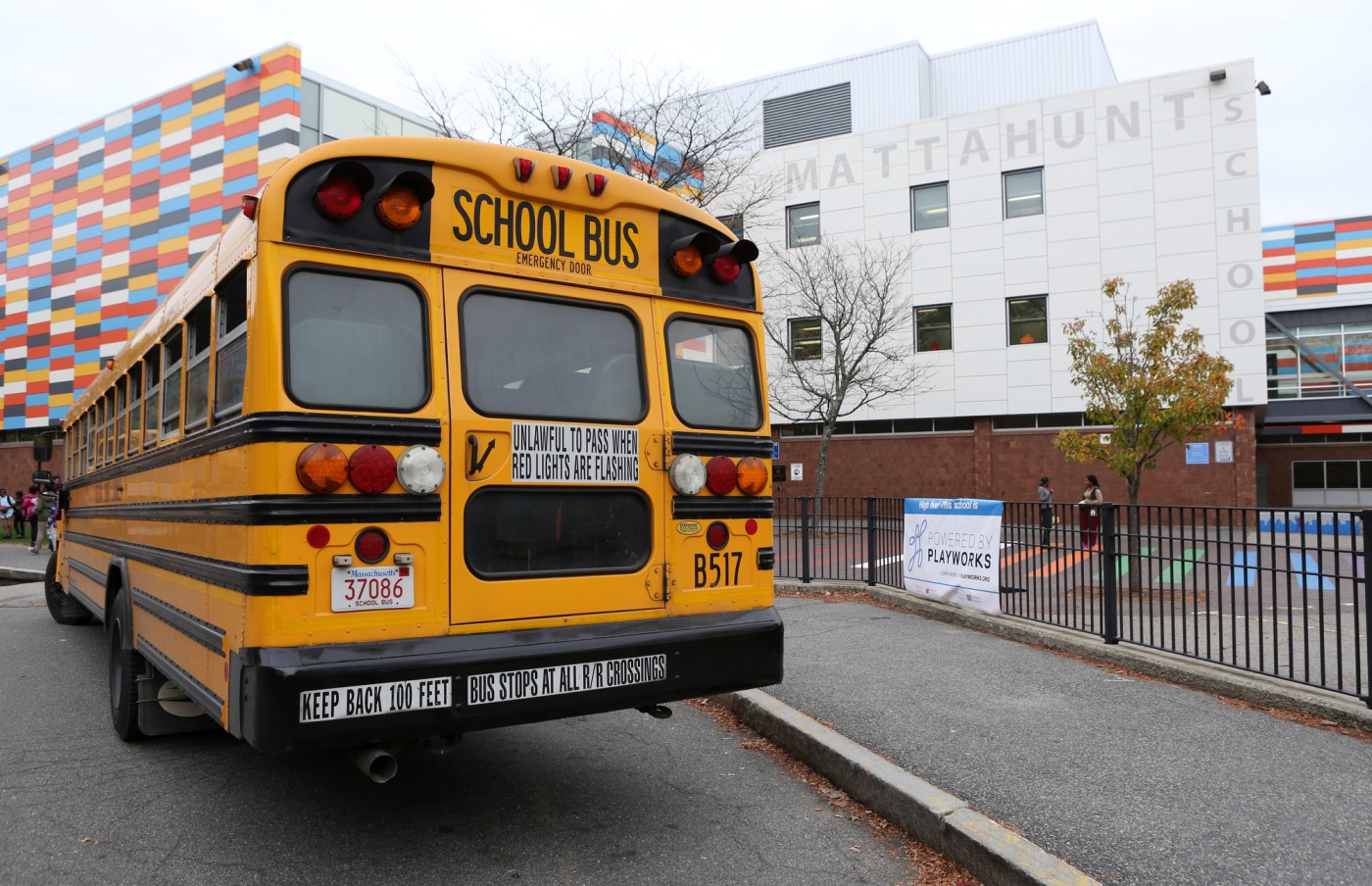
Report: Massachusetts is leaving behind 225K students in ‘substandard segregated schools’
Decades after desegregation orders took root across the country, Massachusetts leaders have failed to correct a system keeping 225,000 students currently in “substandard segregated schools,” according a new report from a state oversight council.
The “Racial Segregation in Massachusetts Schools” report was released this week from the state’s Racial Imbalance Advisory Council with recommendations for the Board of Elementary and Secondary Elementary Education.
The report outlines wide reaching impacts of racial segregation and education disparities in Massachusetts schools. Of the 225,000 students within substandard segregated schools, the report states, 90% are Black and Latino.
The report comes as Boston is closing in on the 50th anniversary of the federal court order to desegregate BPS school on June 21 and the start of the city’s busing initiative. The 70th anniversary of the Supreme Court’s Brown v. Board of Education to desegregate schools nationwide passed in May.
The council argues the anniversaries’ contrast with the current state of Massachusetts educational segregation demonstrates the “stubborn persistence of racial segregation in our neighborhoods and schools” but the issue can be solved with the right approach.
Of the 1,811 public schools in the state, the report outlines, only 37% met the standard of racially diverse in 2024. Schools were considered segregated if their population was between 71% and 89% white students or students of color and intensely segregated if either racial group was 90% of the population or higher.
Of public schools, 39% had a majority white population in 2024, according to the data, and 24% were majority students of color.
In terms of state Accountability Data — measures of a school’s performance in terms of testing, graduation rates, attendance and more — intensely segregated white schools scored on average 66%, the reports finds. Intensely segregated non-white schools score an average 19%.
Intensely segregated white schools had a graduation rate around 93%, the report found, and intensely segregated non-white schools was 72%.
Boston alone was ranked the 20th most segregated metropolitan area according to 2020 Census data, the report states.
The report calls the work a “turning point” following failures from the council and state leadership.
“One in which we returned our focus to the persistence of racial segregation in Massachusetts – a problem for us all, but one with particularly devastating consequences for students of color from underpaid families who are concentrated in schools doubly segregated by race and poverty,” the report states.
“A problem that has long been ignored and allowed to fester, with DESE and BESE neglecting their oversight duties as required by state law and local districts failing to address racial imbalance within their jurisdiction as also required by state law,” it continues.
Related Articles
‘Totally out of control:’ Questions remain after gang violence shuts down Dorchester charter school
Boston Public Schools, teachers union give negotiation updates as contract expiration looms
Opponents, advocates each file to change language of ballot question nixing MCAS graduation requirement
MCAS opponents double the number of signatures needed to advance ballot question
Still waiting on financial aid offers? Here’s what you can do now
The council outlines 18 recommendations for state and local officials, including having state education overseers and local districts ensure “immediate compliance” with racial imbalance laws, legislative updates to racial imbalance laws and funding for integration programs, additional data on the issue collected and publicized by DESE, expansion of METCO, and more.
“(W)hile school segregation – especially double segregation – is clearly an intractable problem, RIAC believes that with the right leadership and appropriate attention, it is a problem that can be solved,” the report states.

